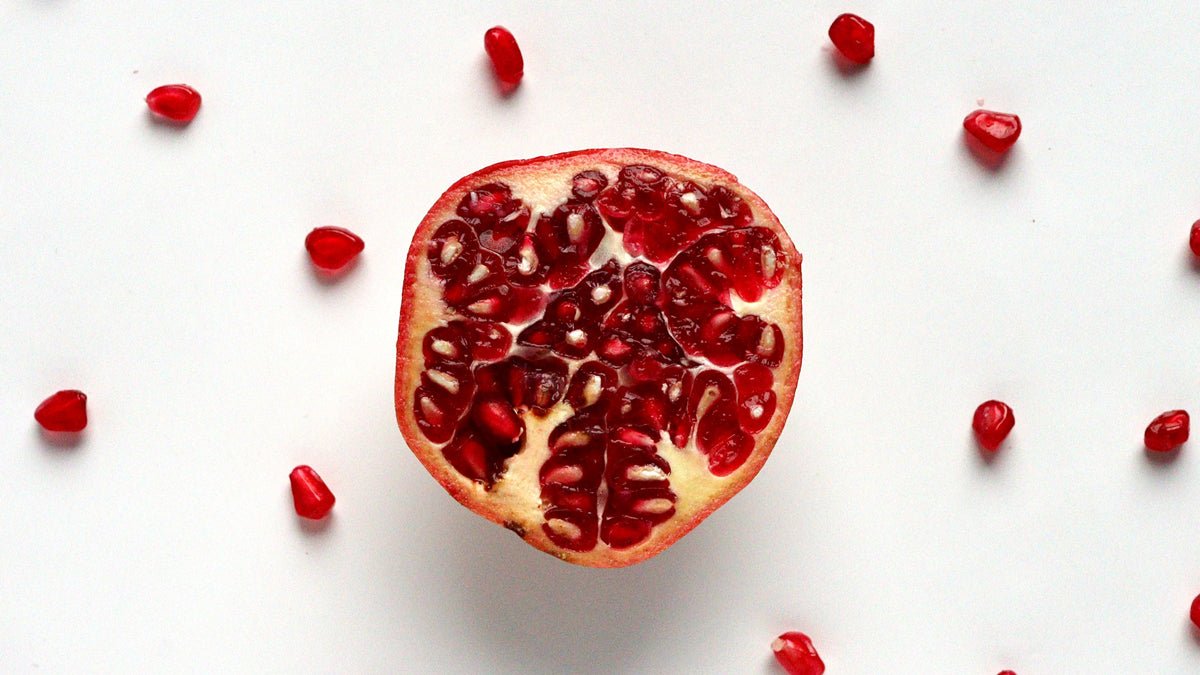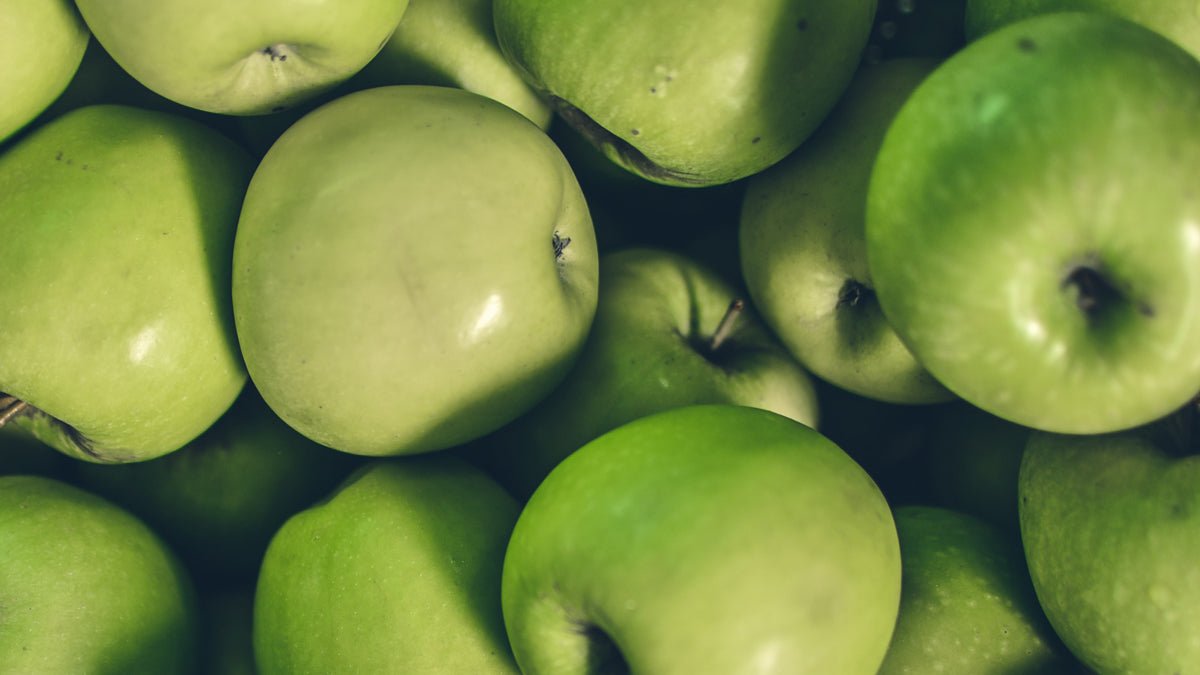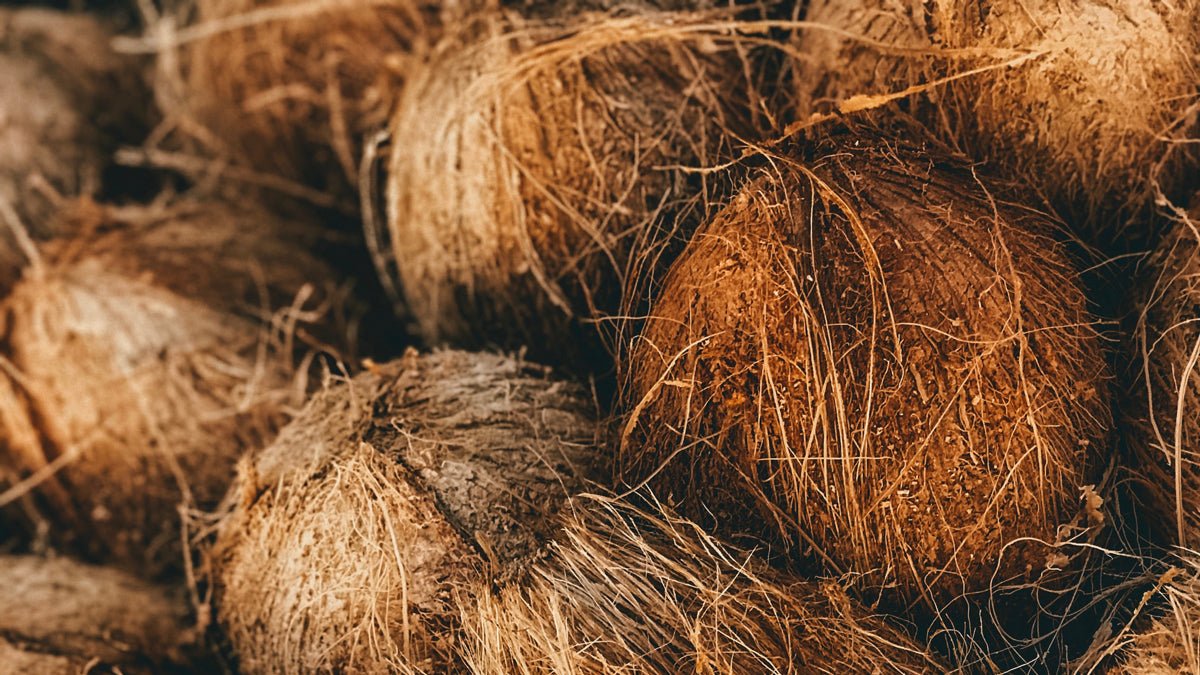
Punica Granatum Extract
- Derived from: pomegranates
- Pronunciation: \ˈpyünə̇kə grə-ˈnāt-əm\
- Type: Naturally-derived
- Other names: Pomegranate fruit extract
What Is Punica Granatum extract?
Pomegranate fruit extract is derived from the pomegranate fruit, which has a thick husk and small pockets of edible seeds and juice inside. Pomegranate is believed to have originated in Iran but is grown in northern India, China, the United States and the Mediterranean area. The fruit grows on trees that are five to eight meters tall.[1]
What Does Punica Granatum extract Do in Our products?
Pomegranate fruit extract is a fragrance agent, as well as a skin-conditioner.[2,3] We use the ingredient in our bubble bath. However, pomegranate extract can also be found in sunscreen, shampoo, moisturizer, soap, makeup and many other products.[4]
Why Puracy Uses Punica Granatum extract
The Cosmetics Ingredients Review has deemed that plant-derived phytosterols, including pomegranate oil, are not irritants or sensitizers in humans.[7] Research shows that pomegranate is an antioxidant and may have anti-inflammatory properties.[8,9,10,11] Research also suggests that the fruit’s flower extract could help burns heal.[12] Whole Foods has deemed the ingredient acceptable in its body care and cleaning product quality standards.[13,14]
How Punica Granatum extract Is Made
Pomegranate extract typically is produced by blending an aqueous suspension from pomegranate husks, removing the solids, and then absorbing the desired extract onto a resin. The resin is then removed with ethanol or methanol, and the solvent is then evaporated, leaving the extract. Other methods use various forms of filters, vacuums, pasteurization or reconcentration.[5,6]
Sources
[1] U.S. National Library of Medicine
[2] Environmental Working Group
[3] Personal Care Council
[4] Environmental Working Group
[5] Google Patents
[6] Cosmetic Ingredient Review
[7] Cosmetic Ingredient Review
[8] National Center for Complementary and Integrative Health
[9] Al-Zoreky N. Antimicrobial activity of pomegranate (Punica granatum) fruit peels. International Journal of Food Microbiology. 2009;134(3):244-248.
[10] Aida Zarfeshany, Sedigheh Asgary, Shaghayegh Haghjoo Javanmard, “Potent health effects of pomegranate” Adv Biomed Res. 2014; 3: 100
[11] Yasuko Noda,Takao Kaneyuki, Akitane Mori and Lester Packer, “Antioxidant Activities of Pomegranate Fruit Extract and Its Anthocyanidins: Delphinidin, Cyanidin, and Pelargonidin,” Journal of Agricultural and Food Chemistry 2002 50 (1), 166-171.
[12] Ebrahim Nasiri, Seyed Jalal Hosseinimehr, Jafar Akbari, Mohammad Azadbakht, Soheil Azizi “The Effects of Punica granatum Flower Extract on Skin Injuries Induced by Burn in Rats,” Adv Pharmacol Sci. 2017; 2017: 3059745
[13] Whole Foods Market
[14] Whole Foods Market


























